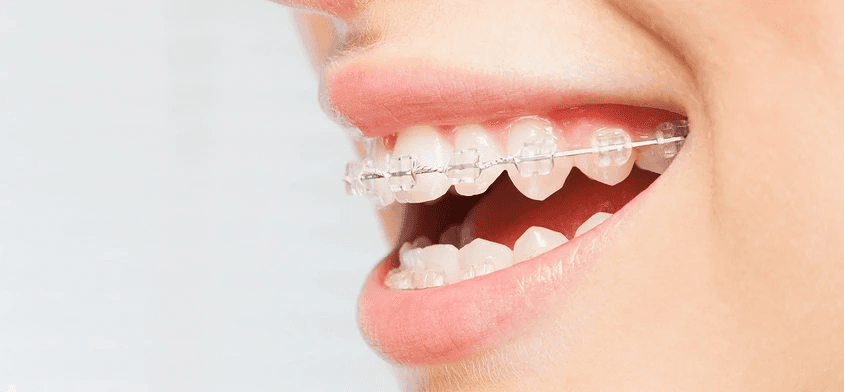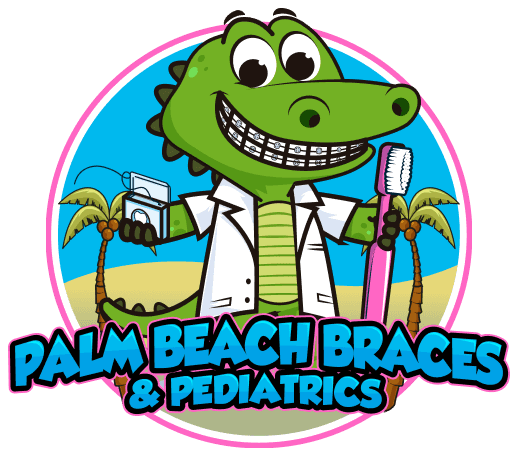Home
About Us
Clear Braces
Clear Braces are a popular type of braces used in orthodontics, designed to straighten the teeth and correct misalignments. Clear braces are made from transparent materials that blend in seamlessly with natural teeth, making them nearly invisible when worn. They come in several different types, including ceramic, plastic, and metal options. Clear braces are typically more expensive than traditional metal braces, but they offer many benefits over their counterparts.
When choosing clear braces, it is important to consider a few key factors. One of the most important considerations is the material used to make the braces – some patients may have certain allergies or sensitivities that could be triggered by certain types of materials. Other factors to consider include cost, comfort level, duration of treatment time needed, and the results you hope to achieve.
If you are considering clear braces, consult with us to learn more about the different options available and find the best option for your unique needs. With proper care, clear braces can help you achieve a straighter, healthier smile that looks great and feels great too!

Pros and Cons for Clear Braces versus Invisalign
While both Clear Braces and Invisalign are effective orthodontic solutions for straightening teeth and correcting misalignment issues, they each have their own set of pros and cons. Clear braces tend to be slightly more expensive than Invisalign, but may offer better results in some cases. Clear braces are typically made from materials that blend in with the natural color of teeth, making them less noticeable than metal braces. This can be a great benefit for patients who feel self-conscious about having metal brackets on their teeth or who are concerned about being heckled or taunted by other kids due to their braces.
On the other hand, Invisalign offers several advantages over clear braces. For one, Invisalign is much more discreet than clear braces, and is virtually invisible when worn. Invisalign also requires less adjustment time than Clear Braces – typically only a few weeks to a month or two, rather than up to two years for Clear Braces. Additionally, Invisalign aligners can be removed at any time, allowing patients to eat and drink whatever they want without having to worry about dietary restrictions or damage to the Clear Braces.
Overall, Clear Braces and Invisalign both have their own unique advantages and disadvantages that should be considered before choosing which one is right for you. If you are considering orthodontic treatment with Clear Braces or Invisalign, schedule an appointment with us today to learn more about your options.



